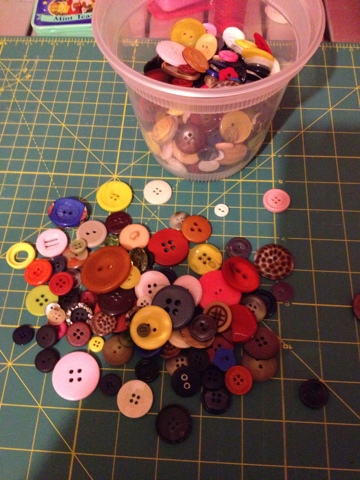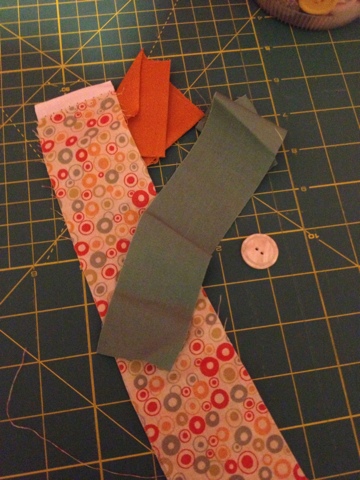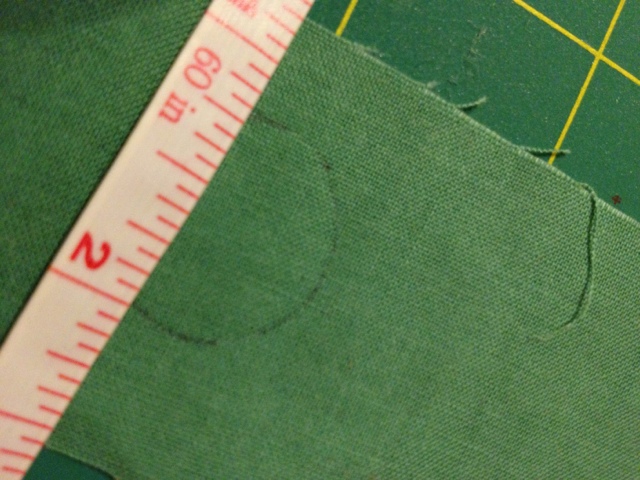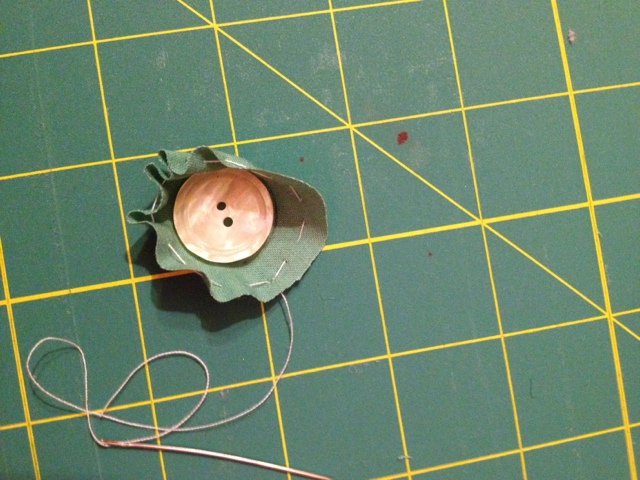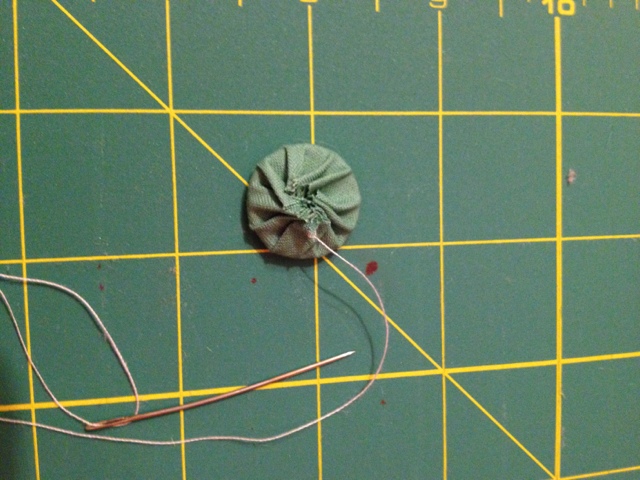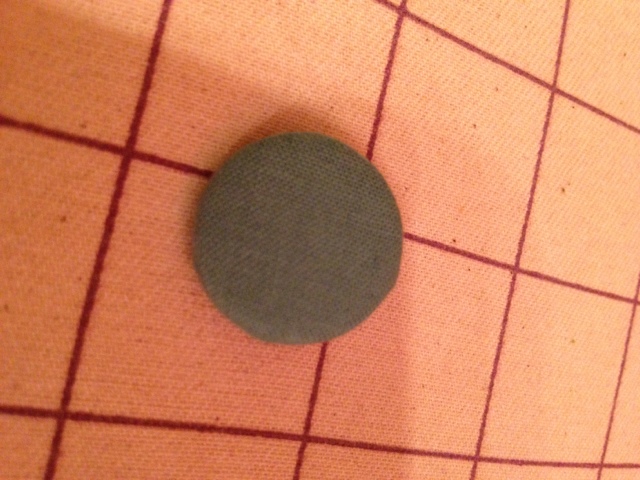Can I Make This?
When I was a young girl my mother called me expedient, meaning I was more interested in finishing a craft than I was in doing it correctly. Maybe so; I'd get excited about the idea of the finished product and didn't always have the patience to work with small pieces, wait for glue to dry, do things in the proper order.
After reading about the young Norma Kamali and how she would baby powder her shoes to make them extra white, I once glued glitter to a pair of my own shoes. Norma and I met the same ending: she left little white outlines of chalky baby powder everywhere she walked in her classroom, and I trailed glitter where I walked (since I didn't use the correct kind of glue.)
This was frustrating to my mother who was an accomplished craft person in the areas of embroidery, painting and sewing. She once nearly lost her mind "teaching" myself and two girls from my girl scout troop how to use a Singer machine to make nightgowns for the sewing merit badge.
The result back then was that my finished products didn't last very long. (Although I think I did wear that flannel nightgown with the little blue rosebuds on it until it fell apart.) But old habits die hard and while I am now more patient with myself when making things, it's still true that when I see a DIY project on the web, my mind goes straight to this thought: How would I screw THAT ONE up?
This story goes to the issue of how easy a maker thinks a project is, and how easy the inexperienced "student" finds it to be. I know that as a food editor at Chocolatier magazine, we always assumed the reader/baker had no experience. It was agonizing sometimes to edit recipes in such detail, but I still have all my old issues of the magazine because you couldn't go wrong with a single recipe from Chocolatier, while the average recipe in a newspaper article is so full of errors it's hardly worth spending the money on ingredients because the dish is often likely to fail due to a lack of recipe testing or editing. So this article on DIY projects by Daily Candy editor Zoe Schaeffer caught my eye:
"Skeptical of DIY fashion projects? So were we—until we came across the clever ideas from these top style bloggers. From suede booties to accented aviators, their innovative creations look cool—not crafty. Don't believe us? Here, 13 DIY styles that look as chic as the real thing."
This one does not seem so difficult, right?
"Steal the bedazzled beanie style from the House of Holland runway show with help from Erica Domesek of PS I Made This," reads the article. "Arrange plastic gems, buttons or beads on an old beanie in various cluster designs," she says. "Once you've decided on a pattern, use it as a guide to follow and simply sew the embellishments into the fabric with a needle and two pieces of thread."
The success of this project depends on the ability to sew the beads on in the correct jaunty angle. I think I would get five sewn on, realize I had 27 more to go, and give up. Also, I'm pretty sure something awful would happen when I put the hat on and the s-t-r-e-t-c-h made the beads all move to weird places. How about this one?
"Pining for designer T-strap studded heels? This pair could easily be mistaken for the real thing. To create them, "Line the edges of a pair of pointy-toe kitten heels with black ribbon by gluing, making a few slits when rounding the front to create the curved edge," says Radosevich. "Next, cut the straps off a pair of old sandals and attach them to the kitten heels by gluing a piece of ribbon to connect the strap and shoe." Once dry, glue gold or silver studs onto the straps for a runway-ready finish."
I'm with Radosevich until she cuts the straps off a pair of old sandals. I just see myself losing the straps when the glue failed and hobbling around in my half-designed shoes.
Not sure I need to go on, you get the idea. Creating something not only requires the skill to do it, but the confidence that you can do it without screwing it up. And confidence comes from success. So, start small, buy the right glue, and craft on!
Susan/Wink and Flip Wink and Flip



